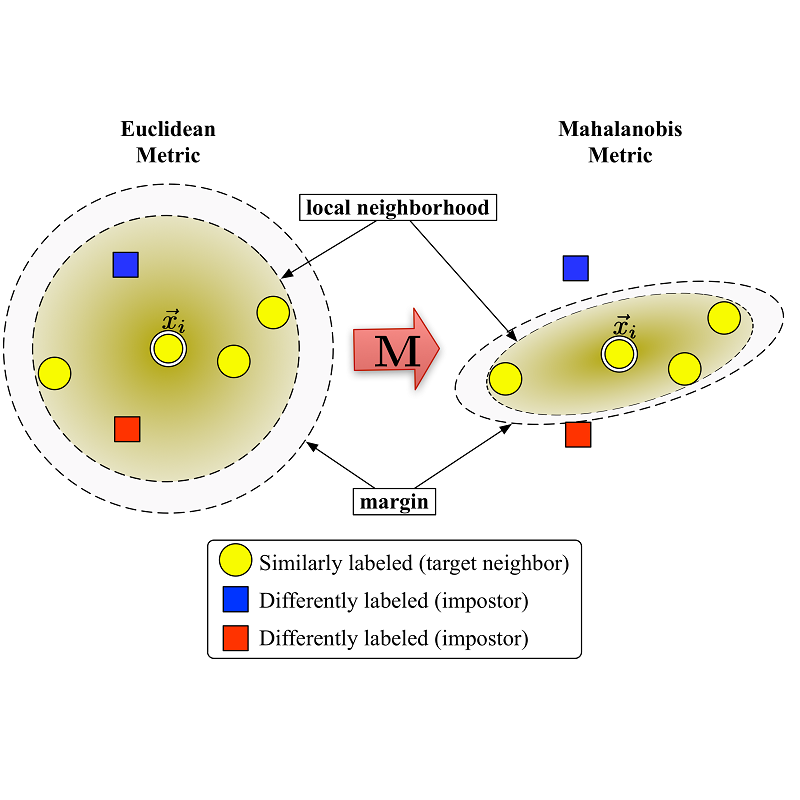Few-shot learning is devoted to training a model on few samples. Most of these approaches learn a model based on a pixel-level or global-level feature representation. However, using global features may lose local information, and using pixel-level features may lose the contextual semantics of the image. Moreover, such works can only measure the relations between them on a single level, which is not comprehensive and effective. And if query images can simultaneously be well classified via three distinct level similarity metrics, the query images within a class can be more tightly distributed in a smaller feature space, generating more discriminative feature maps. Motivated by this, we propose a novel Part-level Embedding Adaptation with Graph (PEAG) method to generate task-specific features. Moreover, a Multi-level Metric Learning (MML) method is proposed, which not only calculates the pixel-level similarity but also considers the similarity of part-level features and global-level features. Extensive experiments on popular few-shot image recognition datasets prove the effectiveness of our method compared with the state-of-the-art methods. Our code is available at \url{https://github.com/chenhaoxing/M2L}.
翻译:这些方法大多在像素级或全球级特征代表制的基础上学习模型。然而,使用全球特征可能会失去当地信息,使用像素级特征可能会失去图像的背景语义。此外,这类工作只能用单一层次衡量它们之间的关系,而这种层次并不全面和有效。如果查询图像可以通过三个不同层次的相似度衡量标准同时进行分类,那么,一个类内的查询图像可以在一个较小的地物空间中更严格地分布,产生更具有歧视性的地物图。为此,我们建议采用一个新的部分级别与图形(PEAG)嵌入适应的方法来生成特定任务特征。此外,还提出了多级别MMIT(ML)方法,不仅计算像素级相似性,而且还考虑到部分级别特征和全球一级特征的相似性。关于广受欢迎的微小图像识别数据集的广泛实验证明了我们的方法与状态-精华方法相比的有效性。我们的代码可在以下查阅:://Murhus/Murhax/Monghas.





